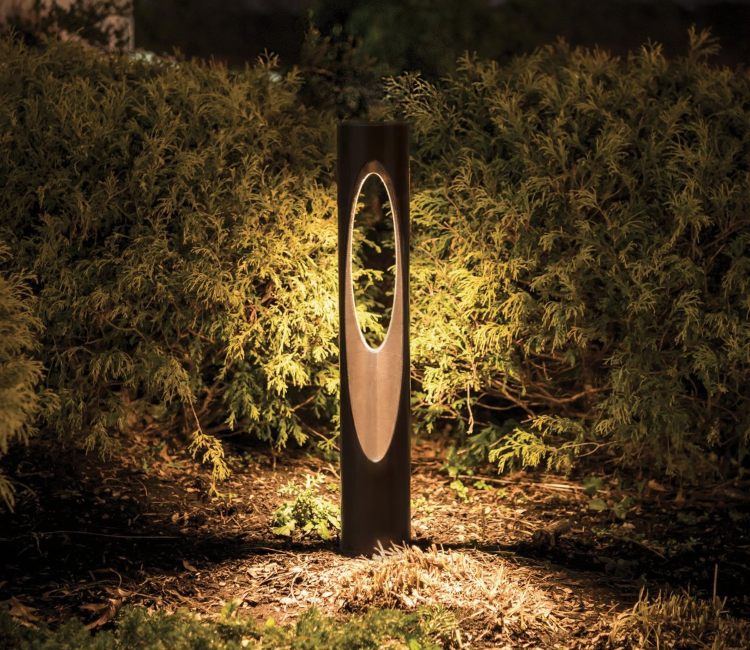This website uses cookies and similar technologies to enhance your experience, conduct analytics, and advertise to you or others. You may manage how we collect, use, and share your personal data by clicking “Preferences”. By clicking “Accept” or continuing to browse the website, you agree to the Terms of Use and Privacy Policy .
This website uses cookies and similar technologies to enhance your experience. Terms of Use and Privacy Policy .
Landscape lighting is a great opportunity to highlight the home’s architecture, shrubs, plants, pathways, or other areas for an aesthetically pleasing, safe environment. Two types of lighting energy sources are common options with powering landscape lighting, but one is often considered to be a more suitable fit for residential settings. In order to choose the best lighting type for your home, it is best to be informed of each lighting power source and how it is typically used.
Low voltage landscape lighting is powered through a transformer. Perhaps the largest benefit of low voltage landscape lighting is that these lights only use between 12 and 24 volts of power lighting as opposed to 120 volts from line voltage. Because of that lower energy usage, the bulbs and fixtures are cheaper to replace. However, there are some downsides to using low voltage landscape lighting: the bulbs tend to have shorter lifespans, and the number of lights is limited due to the transformer’s power capacity and power distribution.
Even with these drawbacks, low voltage landscape lighting is appealing to many because of its lower energy usage and how these lights reduce the risk of shock. They are most commonly used in both residential and business properties as they illuminate pathways, flowers, fences, trees, driveways, building architecture, and other outdoor landscaping. Four types of popular low voltage landscape lights include spotlights, deck/step lights, pool lights, and other types of landscape lighting.
Line voltage landscaping, also known as standard or high voltage lighting, is an older form of landscape lighting that is not commonly used in residential spaces. Instead, the lights are often used for outdoor security lighting, parking lots, or large spotlights for businesses. This form of power is more expensive to run, as lights often take 120v or up to 277v to run.
The bulbs are also large and pricy, and it can be hard to find replacements since this method of lighting is not as common as other types. Line voltage landscape lighting is not nearly as common with residential spaces. Even so, line voltage is still used because it does not always require transformers to power lighting fixtures. They are often used in large flood lights, spotlights, and security lights in commercial and public-use areas.
Low voltage and line voltage landscape lighting each have their own benefits and drawbacks to make them well suited for different contexts. Because of their ease of installation, low costs, and low energy, low voltage landscape lighting is often more appealing for residential spaces while large line voltage lights are better suited for larger commercial settings. With these facets in mind, you may now choose the optimal lighting type for landscaping.

Your discount code is on its way.
If you don't receive your promo code, please check your email junk or spam folder and click on "Not spam".
THANK YOU!
X

